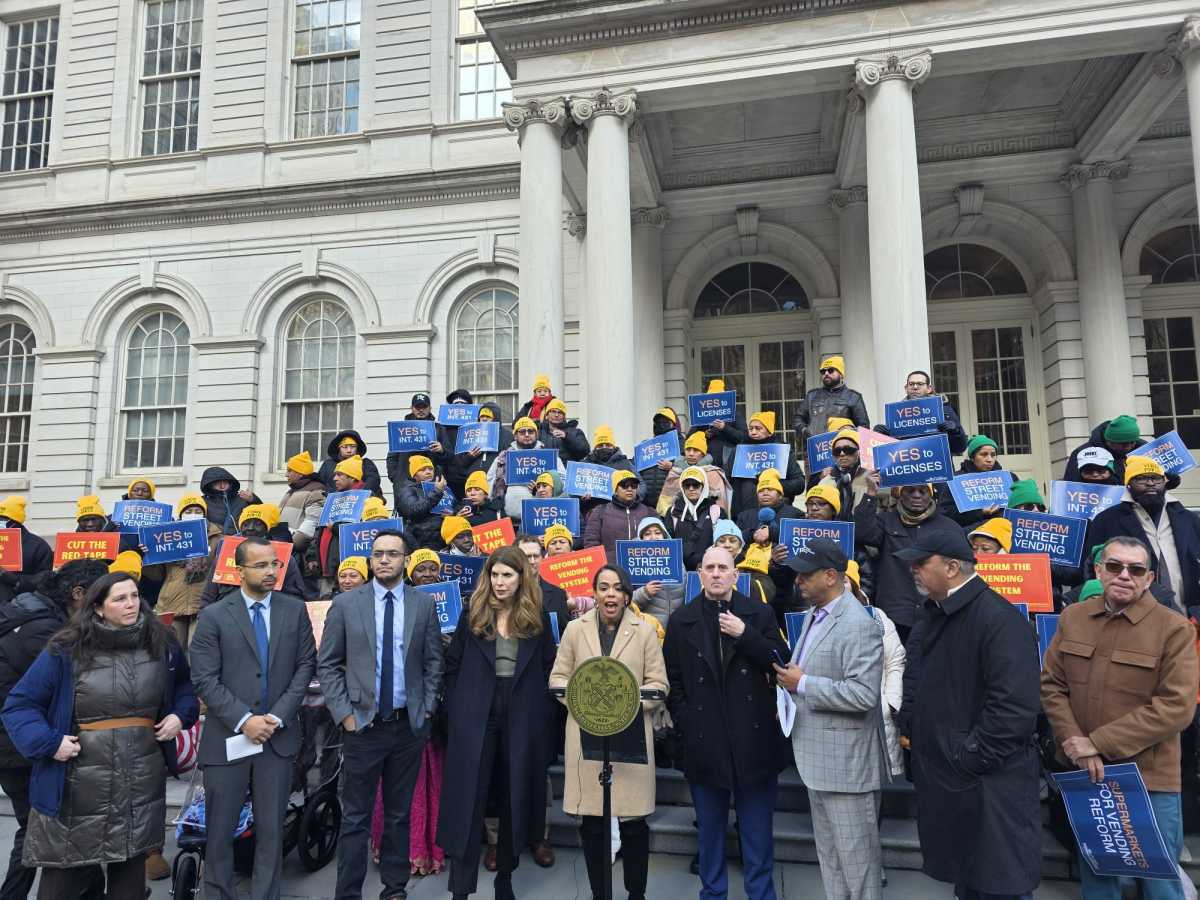The NYPD is proposing that its officers offer information cards to people whom they stop, question and frisk but don’t arrest that would outline their authority and offer an explanation for the encounter, according to court papers filed by a federal monitor.
Peter Zimroth, the NYPD monitor, filed court papers Monday recommending revisions to the police department’s patrol guide that aim to clarify procedures officers must follow to make lawful stops while also protecting themselves from injury.
“Unfortunately, as the department itself acknowledges, the current version of the patrol guide section on investigative encounters . . . does not provide sufficient guidance or instruction,” he wrote.
U.S. District Judge Analisa Torress approved the proposed recommended changes, which Zimroth contended meet court orders resulting from landmark federal stop-and-frisk cases agreed to by the city and the NYPD.
One recommendation — proposed unilaterally by the NYPD — is that officers offer an information card to any person who has been stopped but not arrested.
The NYPD has proposed information cards with the title, “What Is a Stop?” The cards explain the penal law under which an officer is authorized to make a stop; the officer would also be able to checkoff boxes to demonstrate contributing factors to “the officer’s suspicion,” such as “concealing or possessing a weapon,” “acting as a lookout” or “casing victim or location.”
The officer would also be able to list his or her rank, name, command and shield number.
The proposed cards were submitted for “information only” and not for the judge’s approval on Monday, the court papers said.
Zimroth also recommended various procedural changes that would “require documentation of all stops” and would clarify responsibilities.
A new procedure prohibiting racial profiling and bias-based profiling “states that police action, including stops, frisks, arrests or other law enforcement actions, may not be motivated, even in part, by the actual or perceived color, ethnicity or national origin of an individual.”
The parties in the federal court cases must now agree to the recommendations.




































